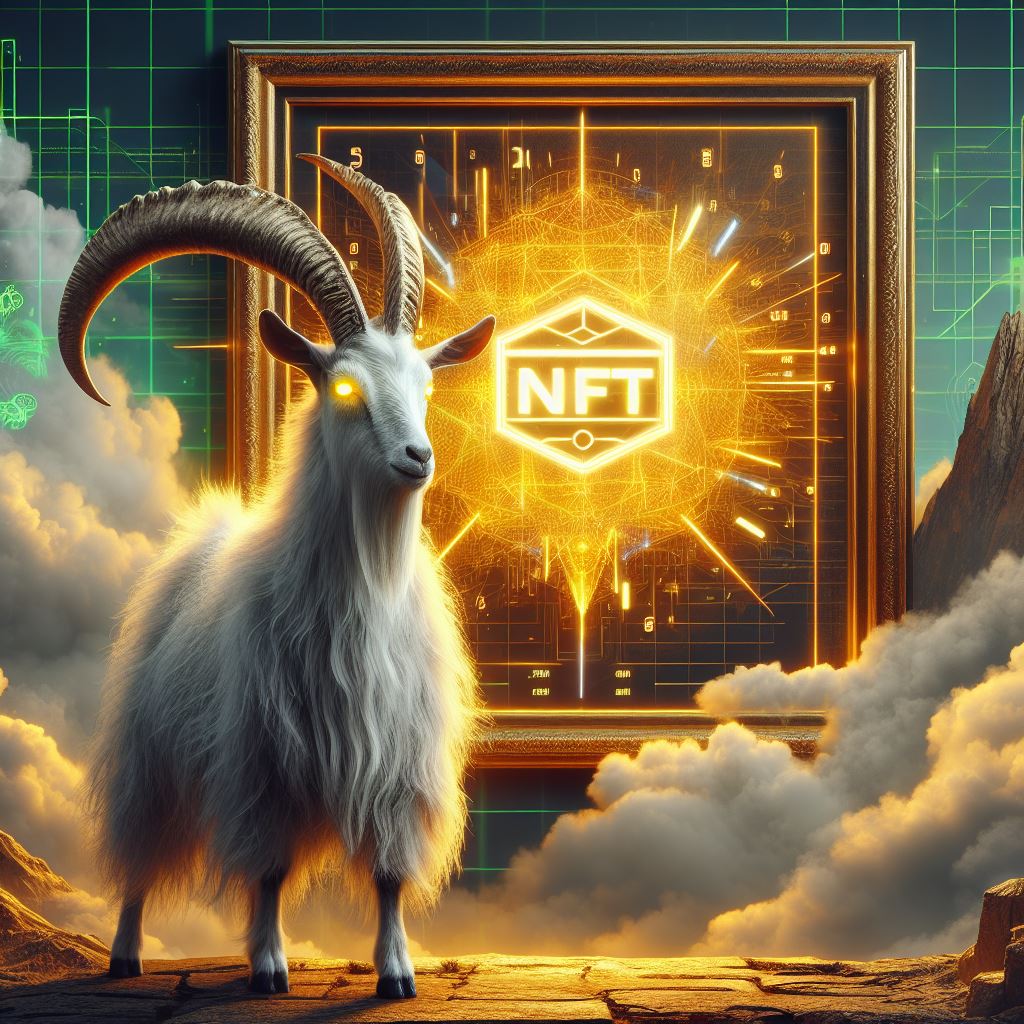Introduction
In the digital age, Non-Fungible Tokens (NFTs) have emerged as a revolutionary force, transforming the way we perceive and trade digital assets. NFTs represent unique, indivisible tokens that authenticate ownership and provenance on the blockchain. In this article, we’ll delve into the world of NFTs, exploring what makes them unique, their applications, and the impact they’ve had on various industries.
Understanding NFTs
At its core, an NFT is like a digital certificate of authenticity, providing a verifiable proof of ownership for digital assets. Unlike cryptocurrencies such as Bitcoin or Ethereum, which are fungible and interchangeable, NFTs are distinct and cannot be replicated. Picture NFTs as digital passports, uniquely identifying and verifying the legitimacy of digital creations.
Applications of NFTs
NFTs have found applications in diverse fields, from art and gaming to real estate and music. In the art world, artists like Beeple have made headlines by selling digital art pieces as NFTs for millions of dollars. This newfound ability for digital artists to monetize their work directly has democratized the art market.
In the gaming industry, NFTs enable players to truly own in-game assets. For instance, imagine owning a rare sword in a virtual world as an NFT – you can trade, sell, or even use it across different games, transcending the boundaries of individual gaming ecosystems.
The Real Estate industry has also embraced NFTs, allowing for seamless and transparent property transactions on the blockchain. Tokenizing real estate assets provides fractional ownership, making lucrative investments accessible to a broader audience.
Metaphorical Power of NFTs:
Consider NFTs as the digital version of autographed memorabilia. Just like a signed baseball or a limited edition print, NFTs encapsulate value through their scarcity and uniqueness. The blockchain acts as an unforgeable signature, certifying the rarity and ownership of the digital asset.
Comparisons with Traditional Ownership:
Contrast traditional ownership with NFT ownership using the analogy of a physical and a digital key. While traditional ownership involves a physical key to access a tangible asset, NFT ownership utilizes a cryptographic key to unlock and prove ownership of a digital asset.
Challenges and Criticisms
But, with great innovation comes scrutiny. Some critics argue that NFTs contribute to environmental concerns due to the energy-intensive nature of blockchain networks. It’s essential to strike a balance between innovation and sustainability to ensure the longevity of NFTs.
Conclusion
As a result of their unique properties, NFTs have reshaped the digital landscape, offering new opportunities for creators, investors, and enthusiasts alike. From changing the dynamics of art ownership to revolutionizing how we play and invest, NFTs are here to stay, and their influence will only grow with time.
